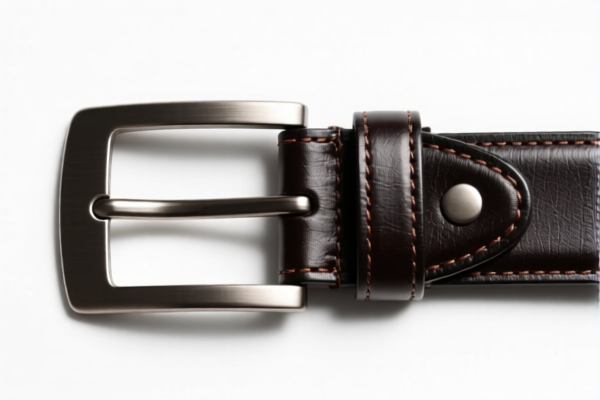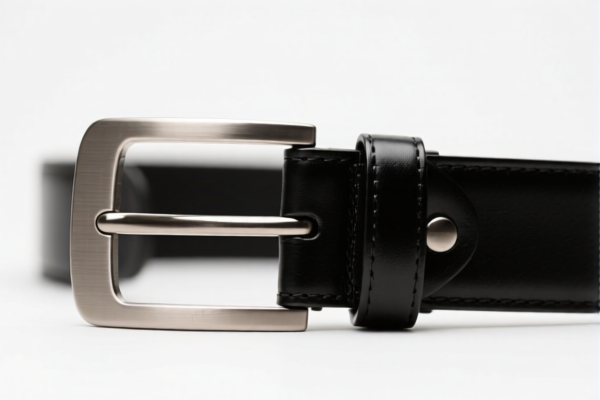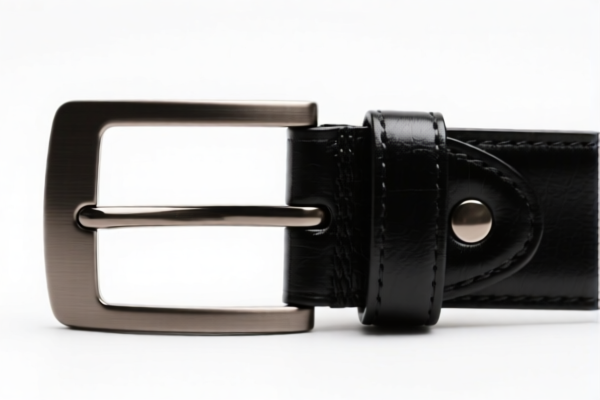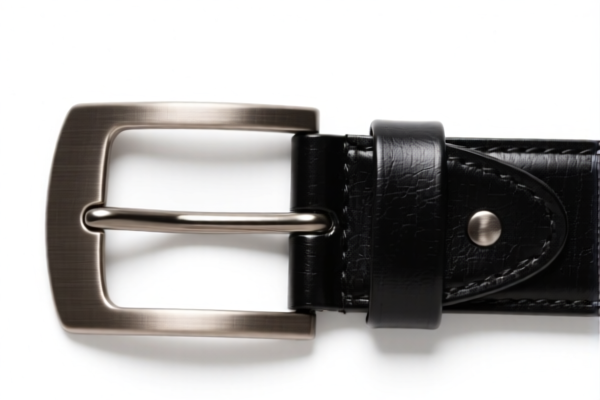| HS Code | Official Doc | Tariff Rate | Origin | Destination | Effective Date |
|---|---|---|---|---|---|
| 7113203000 | Doc | 43.3% | CN | US | 2025-05-12 |
| 7315810000 | Doc | 105.0% | CN | US | 2025-05-12 |
| 8505191000 | Doc | 59.9% | CN | US | 2025-05-12 |
| 9607200080 | Doc | 66.5% | CN | US | 2025-05-12 |
| 9113209000 | Doc | 46.3% | CN | US | 2025-05-12 |
| 8308909000 | Doc | 57.7% | CN | US | 2025-05-12 |
| 8302496085 | Doc | 110.7% | CN | US | 2025-05-12 |
| 8305100050 | Doc | 90.4% | CN | US | 2025-05-12 |




Buckle
A buckle is a fastening device used to secure two ends of a strap or belt together. It typically consists of a frame into which a tongue or prong fits, held in place by a pivoting bar or clip.
Material
Buckles are manufactured from a diverse range of materials, selected based on the intended application and desired strength, aesthetics, and cost. Common materials include:
- Metals: Steel (stainless steel, carbon steel), brass, aluminum, zinc alloy, iron, and nickel are frequently used for their durability and strength. Coatings like chrome, gold, or silver plating are applied for corrosion resistance and appearance.
- Plastics: Acetal, nylon, and polypropylene are common choices for lightweight applications, offering resistance to chemicals and wear.
- Other Materials: Leather, wood, and even bone have historically been used, primarily for decorative or specialized applications.
Purpose
The primary purpose of a buckle is to provide a secure and adjustable connection between two overlapping ends of a flexible band. This enables the fastening of clothing, equipment, and accessories.
Function
Buckles function by utilizing a mechanical locking system. A strap is passed through the buckle, and a tongue or prong is inserted into a receiver. The pivoting bar or clip then secures the tongue, preventing it from slipping out. The tension on the strap determines the tightness of the fastening. Adjustment is achieved by releasing the bar/clip, repositioning the strap, and re-securing the buckle.
Usage Scenarios
Buckles are ubiquitous in a wide array of applications:
- Clothing: Belts, straps on backpacks, purses, shoes, and jackets.
- Safety Equipment: Seatbelts, harnesses, helmets, life vests.
- Pet Accessories: Collars and leashes.
- Sports Equipment: Backpacks, protective gear, and closures on bags.
- Military & Tactical Gear: Used extensively in webbing systems, securing equipment and clothing.
- Luggage & Bags: Securing closures, adjusting straps.
Common Types
- Pin Buckle: A simple design featuring a pin that passes through holes in the strap. Common for belts.
- Roller Buckle: Uses a roller to grip the strap, allowing for easy adjustment. Often used on pet collars.
- Side Release Buckle: Consists of two interlocking halves that release when the sides are squeezed. Common for backpacks and safety equipment.
- Quick Release Buckle: Similar to side release, but designed for rapid detachment. Used in safety harnesses and emergency equipment.
- Cam Buckle: Uses a lever to tighten and secure the strap. Commonly found on tie-down straps and luggage straps.
- Magnetic Buckle: Utilizes magnets for fastening, providing a convenient and secure closure. Increasingly popular in clothing and accessories.
- Tri-Glide Buckle: A simple slider buckle used to adjust strap length without a locking mechanism.
- Ladder Buckle: Features a series of rungs for adjusting strap length, often used on belts and straps.
Buckles fall under the classification of clasps, frames with clasps, buckles, buckle-clasps, hooks, eyes, eyelets and the like, of base metal, used for clothing, footwear, jewelry, or other articles. Several HS codes may be relevant depending on the specific type and use of the buckle.
Here are the relevant HS codes from the provided reference material:
- 8308906000: This HS code covers “Other, including parts: Buckles and buckle clasps, and parts thereof”. This is a broad classification for buckles not specifically categorized elsewhere. The first two digits (83) indicate the chapter for miscellaneous articles of base metal. The next two digits (08) denote clasps, frames with clasps, buckles, etc. The final digits (906000) specify “other, including parts: buckles and buckle clasps, and parts thereof”.
- 8308909000: This HS code covers “Other, including parts: Other”. This is a residual category for clasps, frames with clasps, buckles, etc., not covered by more specific headings. The first two digits (83) indicate the chapter for miscellaneous articles of base metal. The next two digits (08) denote clasps, frames with clasps, buckles, etc. The final digits (909000) specify “other, including parts: other”.
Tax Rate Details:
Both HS codes 8308906000 and 8308909000 share the following tax rate structure:
- Basic Tariff: 3.9%
- Additional Tariff: 25.0%
- Additional Tariff (after April 2, 2025): 30.0%
- Total Tariff: 58.9%
Important Note:
When declaring buckles under either of these HS codes, it is important to accurately describe the material composition and intended use of the buckle. The specific classification may depend on these factors.
Customer Reviews
No reviews yet.